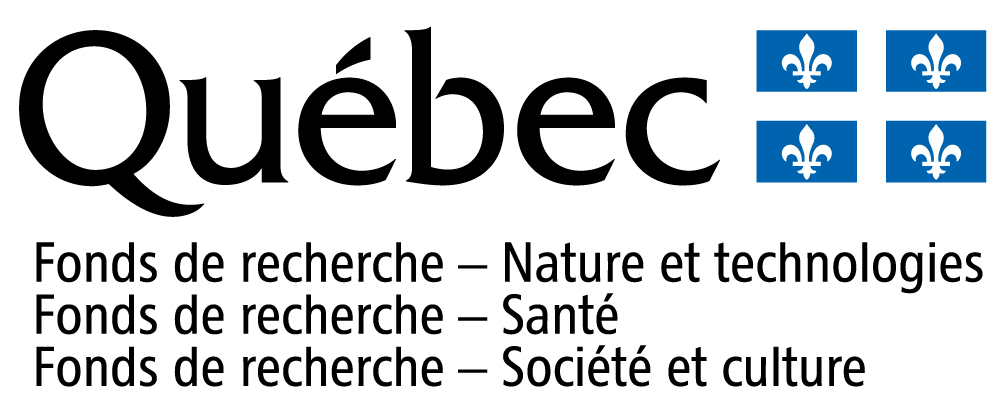- The ePEStemology database was constructed using key search terms for PES within the scientific literature (mentioned in the article’s title, keywords, or abstract).
- Only articles published in English from 2005 to 2019 were considered.

PRISMA 2009 flow diagram (following Moher et al., 2009).
- 1,067 scientific articles that refer to PES were analyzed using a grounded theory open-coding process by four independent reviewers with experience in PES research theory and practice.
- The key research objectives, and guiding questions guiding the ePEStemology database were the following:
Key objective |
Guiding questions |
|---|---|
|
FOCUS |
Primary focus of PES research: what are the research objectives and thematic focus areas; where and by whom is the research conducted? |
PROCESS | How are PES projects being defined and (empirically) analyzed (e.g. research methods and approach)? |
OUTCOMES | Main research outcomes, recommendations or concerns from PES studies: How do these relate to subsequent research objectives; how do they change over time and across regions? |
- Some of the main variables that each article was coded for, include:
Variable |
Description |
|---|---|
Author | Name of the author(s) of the article |
Title | Title of the article |
DOI | Official Digital Object Identifier (DOI) of the article |
Year | Year of publication of the article |
Journal | Name of journal in which the article is published |
Volume | Volume of journal in which the article is published |
Institution name | Name of main institution to which the first author of the article is affiliated |
Institution type | Type of main institution to which the first author of the article is affiliated |
Institution country | Country in which the first author’s main institution is based. For simplicity and assuming greater responsibility of the research effort in the contributions of the first author, we use first author as a proxy for institutional basis. |
Direct-indirect | Direct studies focus on PES, either theoretically or empirically; Indirect studies do not directly theoretically or empirically engage with PES to any extent; they merely propose PES as a potential policy solution to address ecological challenges. |
Thematic focus | Main thematic focus or objectives addressed in the article |
Methods | Primary method(s) used i the study |
Methodological approach | Overarching main methodological approach applied in the study ranging from quantitative analyses (including randomized control trials, geospatial analyses, framed-field experiments, and contingent valuation or choice experiments), qualitative analyses (e.g. discourse analysis of interviews), to conceptual and institutional analyses (e.g. prescriptive, legal, or policy-oriented), and mixed methods (e.g. social multi-criteria evaluation) |
Contextual engagement | The type of engagement with social, cultural and political contexts and dynamics in the PES study. Studies informed by the setting engage with the social/cultural/political context and/or the qualitative, lived or emotional experiences of a particular setting or context (e.g. local meanings of ‘nature’, and/or power asymmetries of diverging positionalities of actors); Externally-driven studies are based upon broad policy analyses and/or largely employ external expert-developed models or strategies to interpret data or implement programmes and policies with an idealized design (e.g. a choice experiment to uncover values for stylized development scenarios); Combined studies use both strategies by introducing an external model, while at the same time ensuring that such a model is informed and dependent on the social, political, or cultural context of where the model is applied (e.g. a social multi-criteria model) |
Recommendation | Main conclusion, recommendation or concern of the study related to PES scholarship and/or specific programmes. This could include points of attention for future research, recommendations regarding PES application and/or the applicability of PES more broadly. |
Author evaluation | Authors’ overall evaluation of PES as a (potentially) successful strategy to achieve its stated objectives. Mixed evaluations refer to PES as offering potential but with some reservations/concerns to be addressed |
Country focus | Country on which the study is focused |
- Coding was cross-checked for consistency (triangulated to resolve discrepancies) through collective deliberation and to ensure robustness of the analysis.
- While the database does not account for every peer-reviewed published article on PES, it facilitates the possibility of iteratively adding new publications or retroactively adding in missing articles as well as those that use cognate terms to define PES (e.g. as rewards or compensation for ecosystem services).
For a more detailed explanation of the methodology, and a detailed description of all coded variables, please see here and here
Research collective:
- Vijay Kolinjivadi (University of Antwerp, Belgium)
- Gert Van Hecken (University of Antwerp, Belgium; Nitlapan-UCA, Nicaragua)
- Pierre Merlet (University of Antwerp, Belgium; Nitlapan-UCA, Nicaragua)
- Billal Tabaichount (Université du Québec à Montréal, Canada)
- Céline Jacob (Office Français de la Biodiversité, France)
- Charlène Kermagoret (Office Français de la Biodiversité, France)
- Brian E. Robinson (McGill University, Canada)
- Jérôme Dupras (Université du Québec en Outaouais, Canada)



